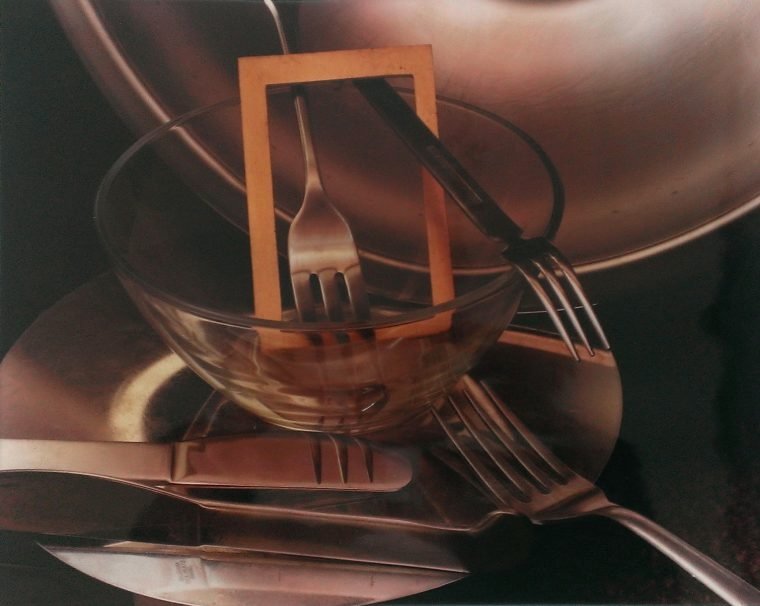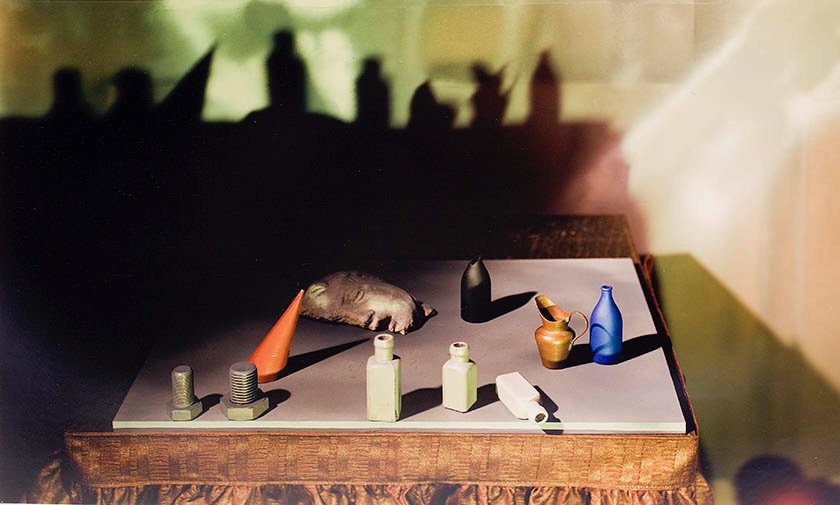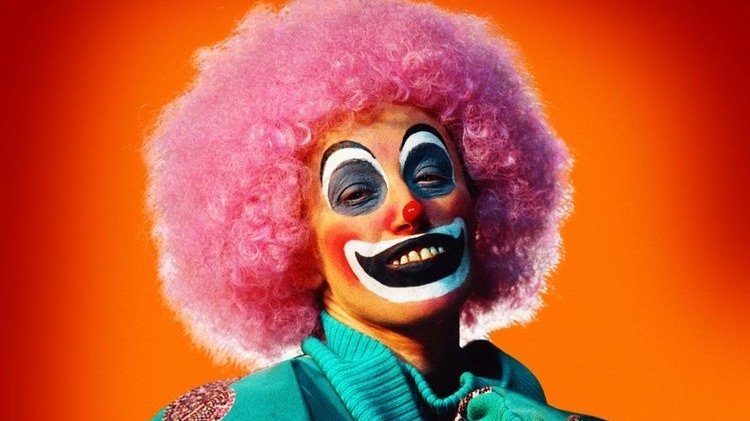Jan Groover
Jan Groover (1943–2012) was an American fine art photographer known for her carefully composed still life images that emphasized formal elements such as geometry, spatial relationships, and color. Her work was notable for its use of ordinary objects particularly domestic items like kitchen utensils as subjects for photographic abstraction. Groover played a central role in establishing color photography as a valid mode of fine art during the late 20th century, particularly through her contributions in the 1970s and 1980s.
Early Life and Career
Jan Groover was born on April 24, 1943, in Plainfield, New Jersey. She studied painting at the Pratt Institute in Brooklyn, earning a Bachelor of Fine Arts degree in 1965. Later, she earned a master’s degree in art education from Ohio State University.
Groover initially worked as a painter and art teacher but transitioned to photography in the early 1970s. She taught photography at the State University of New York at Purchase and the University of Hartford in Connecticut. Her switch to photography was partially motivated by a growing interest in using the camera as a tool for investigating formal relationships and visual perception.
Photographic Style and Techniques
Groover’s photographic work was characterized by a formalist approach. Rather than focusing on narrative or symbolic meaning, she concentrated on visual structure. Her compositions often consisted of everyday objects cutlery, plumbing pipes, fruits arranged in a controlled environment, typically a kitchen or studio. These objects were not presented for their functional or symbolic value, but for their compositional role within the frame.
She worked extensively with both color and black-and-white photography. In the late 1970s, she adopted color as a central feature of her work, at a time when color photography was not widely accepted in the fine art context. Groover’s use of color was methodical, often muted, and aligned with the careful geometry of her setups.
Groover also worked with the platinum-palladium printing process, a 19th-century technique known for its wide tonal range and archival stability. This process allowed her to create images with subtle gradations in tone and a matte surface quality.
Career Highlights
Groover’s innovative work garnered significant recognition throughout her career. In 1978, she received a grant from the National Endowment for the Arts, which enabled her to purchase her first large-format camera. This equipment allowed for greater control over composition and detail, further refining her distinctive style.
In 1987, the Museum of Modern Art in New York held a mid-career retrospective of Groover’s work, solidifying her status in the art world. Her photographs have been exhibited in numerous institutions worldwide and are included in the permanent collections of major museums, including the Museum of Modern Art and the Cleveland Museum of Art.
Photography Gear
Groover’s choice of equipment played a crucial role in achieving her artistic vision. Here are some key pieces she utilized:
• Large-Format View Camera: After receiving the NEA grant in 1978, Groover invested in a large-format view camera. This camera allowed for precise control over composition and perspective, essential for her meticulously arranged still life images.
• Platinum-Palladium Printing Materials: She employed the platinum-palladium printing process, which required specific chemicals and high-quality paper. This technique provided a broad tonal range and enhanced the depth and texture of her photographs.
Books and Media
“Jan Groover, Photographer: Laboratory of Forms”: A comprehensive monograph tracing the full arc of Jan Groover’s career from her early years in the U.S. to her later life in rural France. This book offers extensive reproductions of her work across various periods, including essays by art historians and a personal reflection by her husband, Bruce Boice. It explores how her background in painting informed her photographic approach, especially in still lifes. Practicing photographers will find detailed examples of her formalist strategies and how she used composition, color, and repetition to elevate everyday objects into studies of visual balance.
“Jan Groover: Photographs”: This earlier monograph features a selection of Groover’s still lifes and suburban scenes from the 1970s and 1980s, introduced by John Szarkowski. The book highlights her use of large-format cameras and natural light to create ordered, harmonious compositions of otherwise mundane objects. It offers a valuable look at how spatial control, framing, and deliberate restraint can produce powerful fine art images. For photographers working with controlled compositions or natural color palettes, this book demonstrates how to turn simple setups into lasting visual statements.
“Pure Invention: The Table Top Still Life – Photographs by Jan Groover”: Focused entirely on Groover’s tabletop still lifes, this book presents a series of tight, geometric compositions involving kitchen tools, cutlery, and reflective surfaces. It’s a study in form and abstraction, showing how Groover used light and perspective to explore the sculptural qualities of ordinary objects. This work is especially relevant for photographers interested in studio setups, object photography, or building complexity from minimalism.
“Jan Groover: Tilting at Space” (video): A documentary portrait of Groover’s artistic process and visual philosophy. The film shows how she worked with space, light, and form in both still life and architectural photography. Guided by her phrase “Formalism is everything,” the video provides a practical and conceptual window into how she built her images. It’s a useful visual resource for photographers who want to see a structured, intuitive process in action.
Quotes
“Formalism is everything.”
“With photography, I didn’t have to make things up. Everything was already there.”
“I bought a view camera because I had some wild concept that you could change space, which you can.”
“I’m interested in seeing the thing.”
“Technical prowess? I know as much as I need to know and no more.”
Legacy and Influence
Jan Groover’s work continues to resonate with photographers and art enthusiasts alike. Her ability to elevate ordinary objects into subjects of profound artistic inquiry has inspired many to explore the potential of still life photography. Her archives were donated to the Musée de l’Élysée in Lausanne, Switzerland.
Groover’s exploration of form and composition places her alongside artists like Paul Outerbridge, who also delved into the abstract qualities of everyday objects through photography. Both photographers demonstrated a keen eye for transforming the mundane into the extraordinary, challenging viewers to perceive the world around them in new and insightful ways.
Jan Groover’s dedication to formalism and her innovative techniques have solidified her place in the history of fine art photography. Her work encourages photographers to look beyond the surface, finding beauty and complexity in the simplest of subjects.











